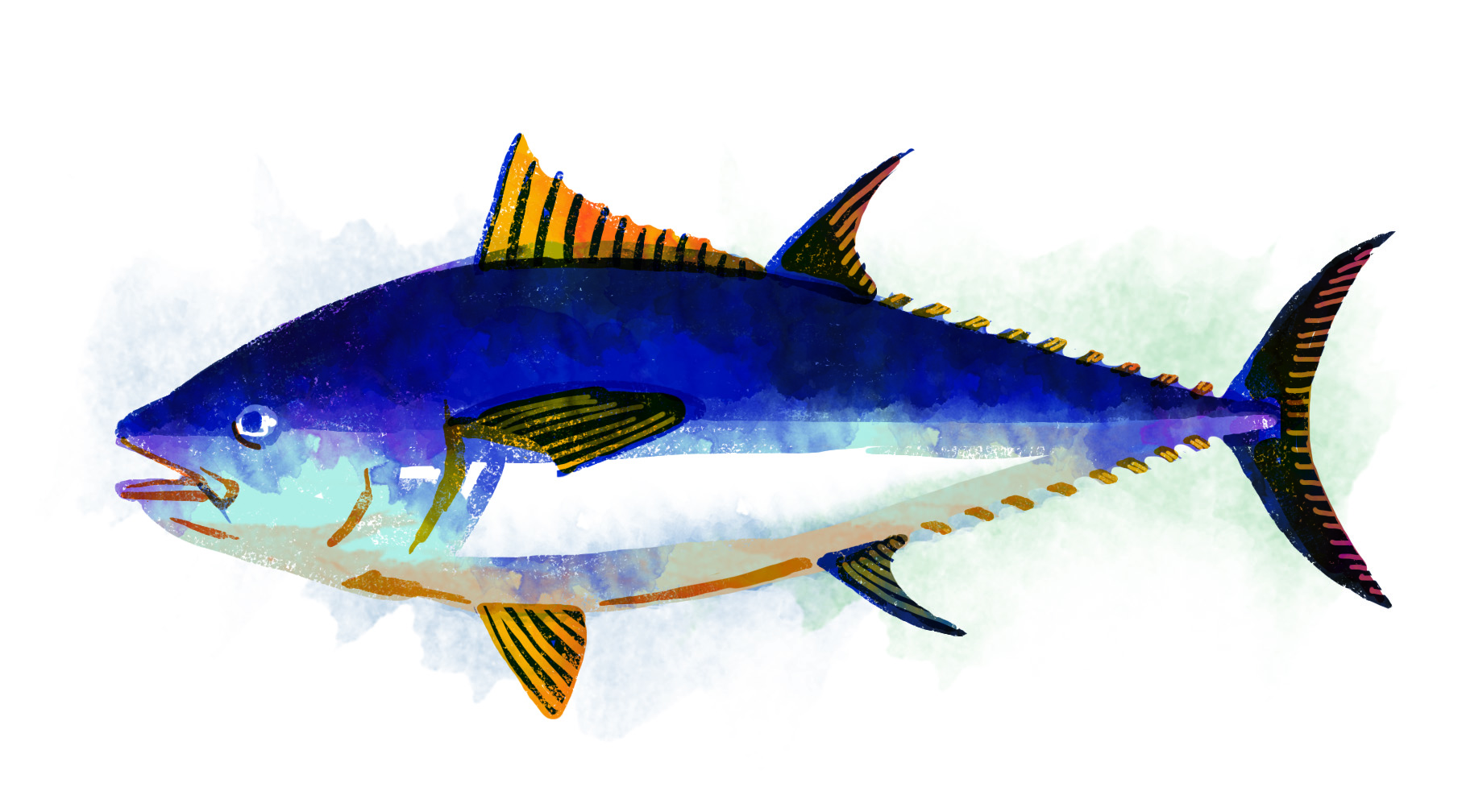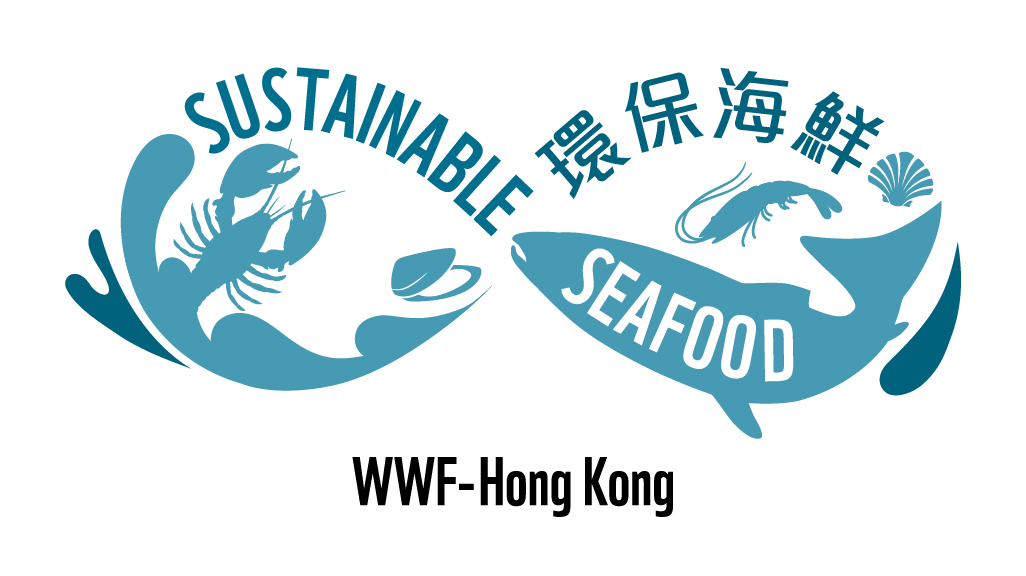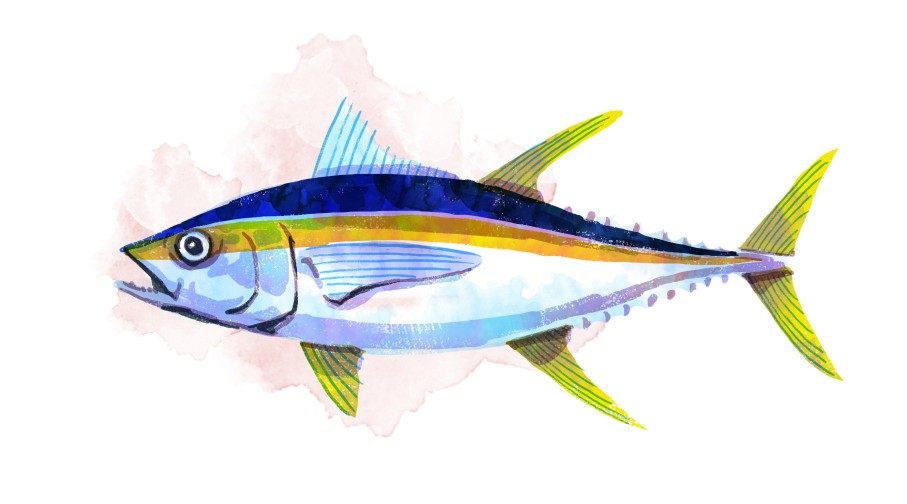
The stock status of the western Atlantic bluefin tuna relative to the sustainability level is unknown. Historical biomasses were considerably higher than current ones.
Tuna longline fisheries in the Atlantic Ocean have very high bycatch rates and are documented to threaten protected seabird populations, notably albatrosses and petrels. Also, a multitude of protected and vulnerable sharks as well as marine mammals, sea turtles and billfishes, such as overfished blue and white marlin, are incidental bycatch of this fishery. Since Atlantic bluefin tuna is in a high trophic level, cascade effects on food webs are likely. Pelagic longlines are not damaging sensitive benthic habitats.
Despite the fact that the 2017 stock assessment failed to confirm stock recovery, the allowable catch quota was increased by 25% annually for the 2018-2020 period. Hence this quota increase jeopardisesits recovery. Fishery management is rated marginally effective, and no ecosystem approach to fisheries management has been implemented. Major shortcomings include the absence of standardised bycatch data, reliable indicators to track the impacts on bycatch species and adequate measures to quantify the impacts.


